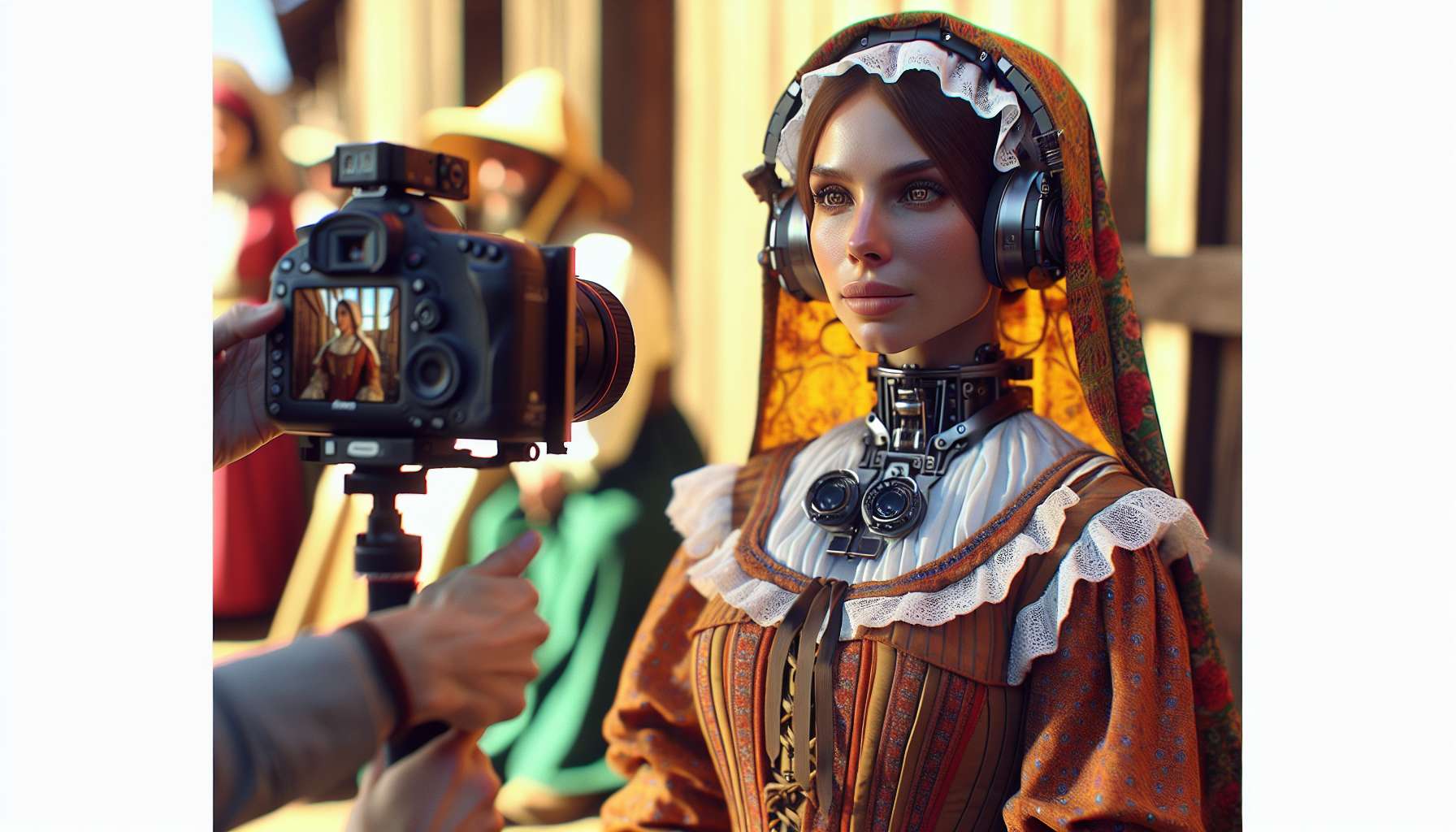Bringing History to Life: How Augmented Reality Enhances Historical Reenactments
Imagine stepping back in time and witnessing historical events unfold right before your eyes. Thanks to the advancements in augmented reality (AR) technology, this is now possible. AR is revolutionizing the way we experience historical reenactments, making them more vivid, immersive, and engaging for tourists.
What is Augmented Reality?
Before we delve into how AR enhances historical reenactments, let’s briefly understand what augmented reality is. AR is a technology that overlays digital information, such as images, videos, and 3D models, onto the real world. By using a smartphone, tablet, or AR glasses, users can see virtual objects seamlessly integrated into their physical surroundings.
Bringing History to Life
Historical reenactments have long been a popular way to immerse oneself in the past. However, AR takes this experience to a whole new level. By incorporating AR into reenactments, tourists can witness historical events in a more interactive and realistic manner.
Imagine visiting a battlefield where a famous historical battle took place. With AR, you can see virtual soldiers marching, hear the sounds of cannons firing, and even feel the ground shake as the battle unfolds before your eyes. This immersive experience allows tourists to gain a deeper understanding and appreciation for the historical significance of the location.
Enhancing Engagement and Education
AR not only enhances the visual aspect of historical reenactments but also provides an opportunity for increased engagement and education. Tourists can interact with virtual characters, ask questions, and receive informative responses. This interactive element encourages active participation and fosters a deeper connection with the historical narrative.
Furthermore, AR can provide additional context and information about the historical period being reenacted. For example, tourists can access detailed historical facts, view archival photographs, and watch educational videos, all within the AR experience. This wealth of information enriches the overall learning experience and encourages tourists to explore further.
Expanding Access to Historical Sites
One of the significant advantages of AR-enhanced historical reenactments is the ability to bring history to life regardless of location. Not everyone has the opportunity to visit historical sites in person, but with AR, anyone with a smartphone or tablet can experience the magic of historical events.
AR can be used to create virtual tours of historical sites, allowing tourists to explore and learn about different locations from the comfort of their homes. This accessibility opens up new possibilities for individuals who may have physical limitations or geographical constraints.
The Future of AR in Historical Reenactments
The potential of AR in historical reenactments is vast and exciting. As technology continues to advance, we can expect even more immersive and realistic experiences. Imagine being able to walk side by side with historical figures, witness their conversations, and gain a deeper understanding of their motivations.
Furthermore, AR can be used to recreate historical environments that no longer exist. Tourists could explore ancient cities, visit lost civilizations, and experience historical moments that would otherwise be impossible to witness.
Conclusion
Augmented reality is transforming the way we experience historical reenactments. By blending the virtual and physical worlds, AR brings history to life, enhancing engagement, education, and accessibility. Whether you’re a history enthusiast or a curious traveler, AR-enhanced historical reenactments offer a unique and immersive way to connect with the past. So, put on your AR glasses and get ready to witness history like never before!





